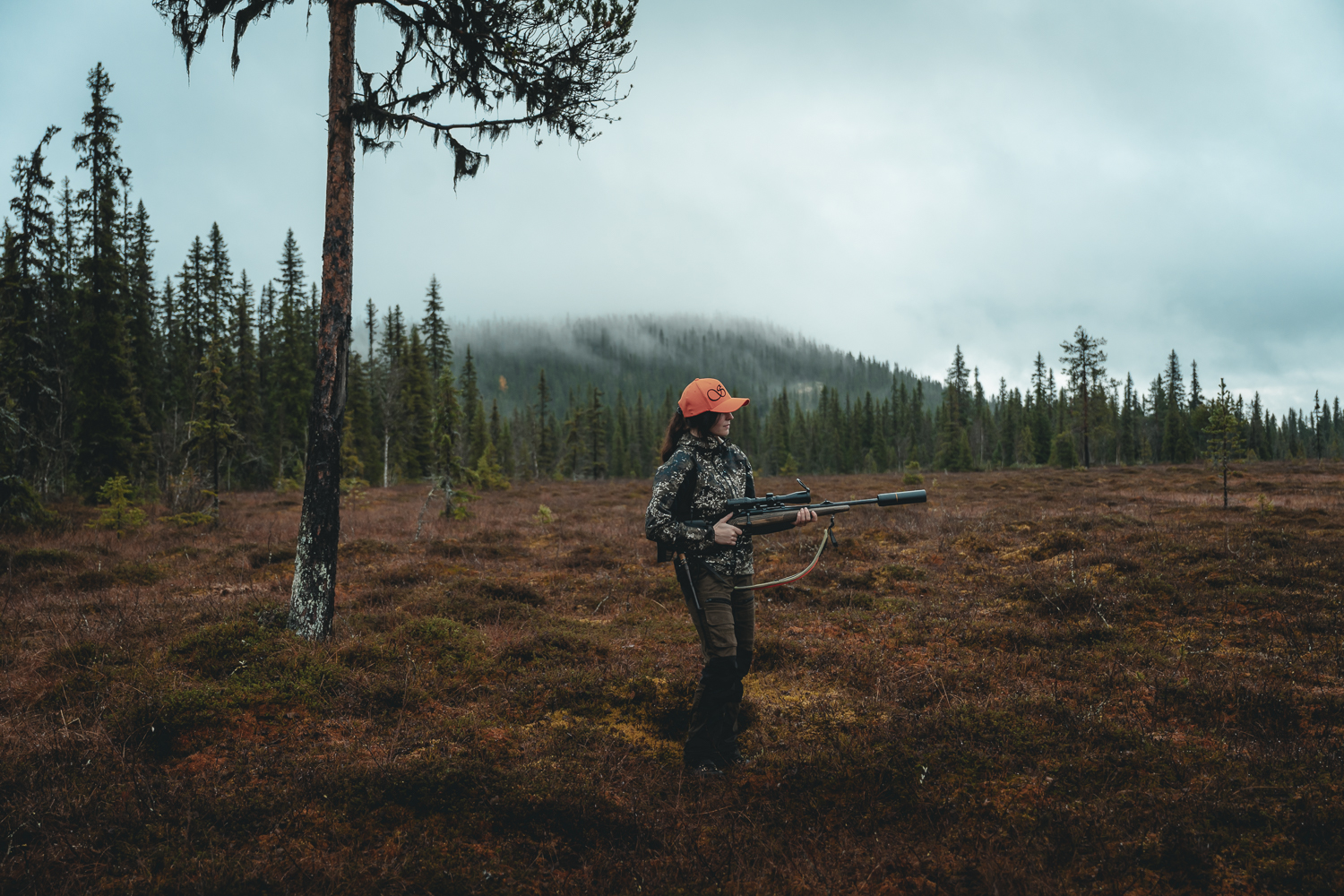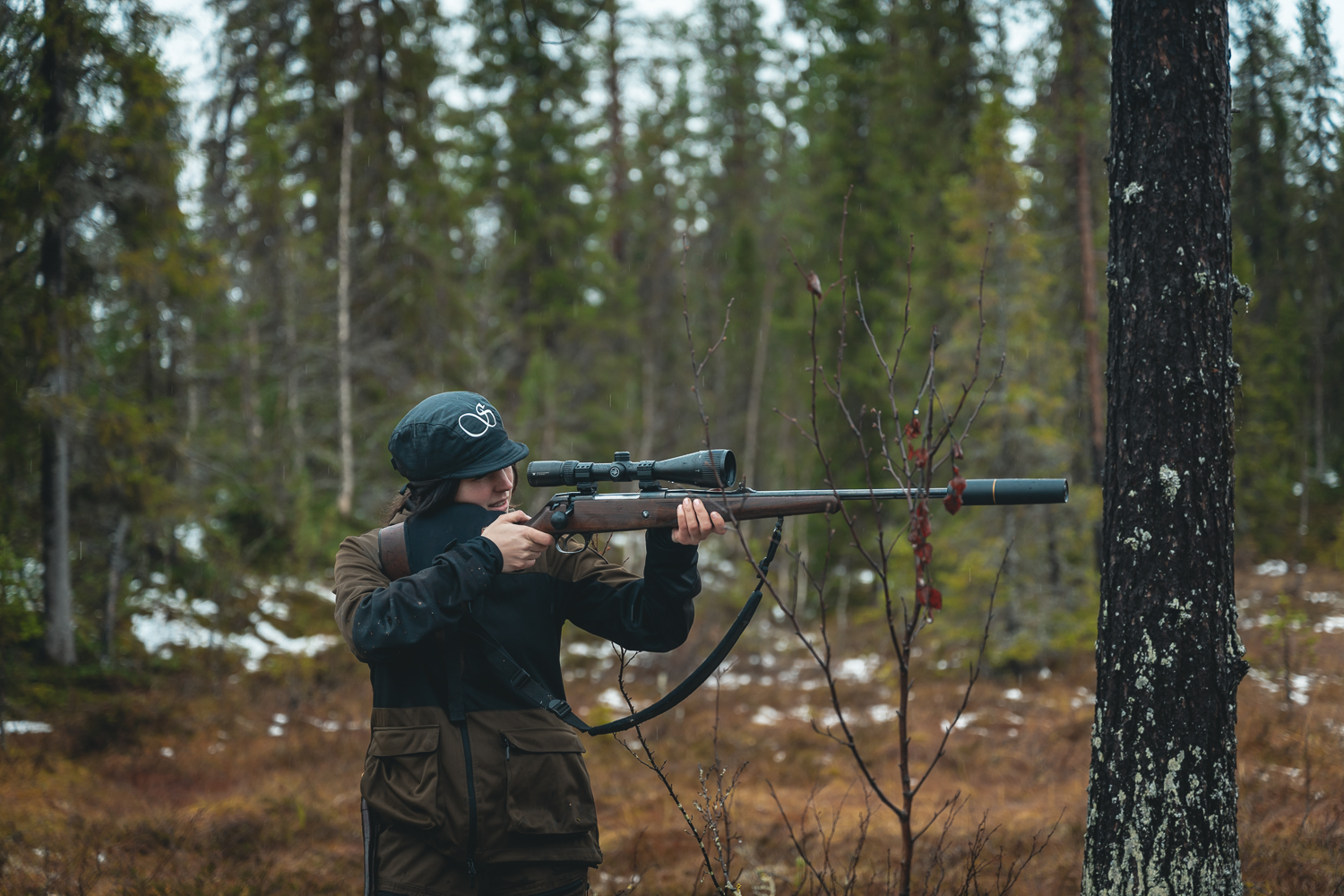Which silencer is best for driven hunts and stand hunting? | Complete guide
Choosing the right silencer is not only about caliber, it’s just as much about how you hunt. A silencer that’s perfect for driven hunts is rarely the best option for stand hunting, and vice versa. In this guide, we’ll go through the key differences between the two hunting forms, explain how front length affects sound and recoil reduction, and help you find the right Stalon silencer for your caliber and hunting style.
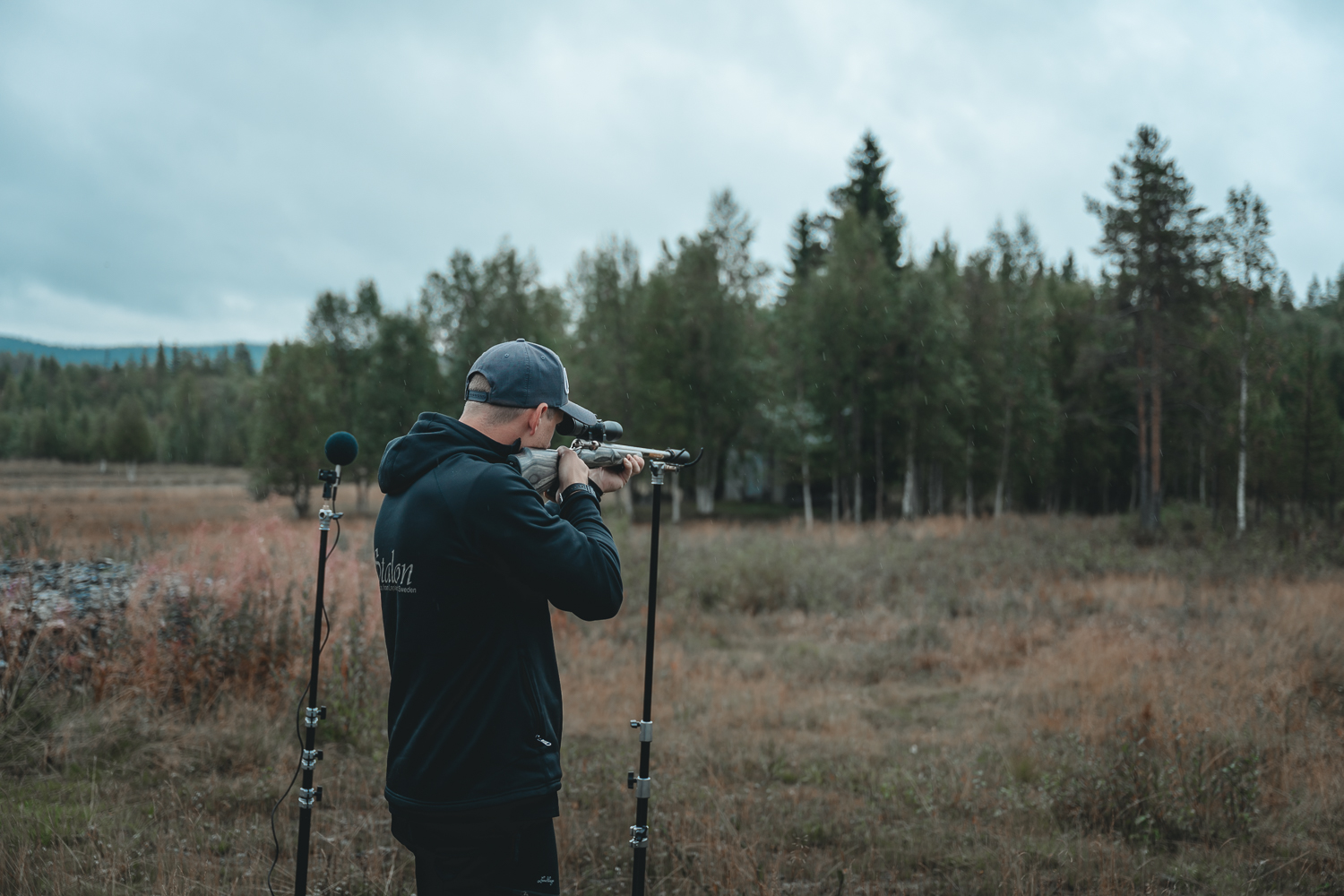
In our product guide, silencers are divided into different caliber groups. Each silencer is marked with a maximum caliber, shown as “Max. Cal” engraved on the front. The guide is further divided into four main categories: driven hunts, spot and stalk hunting, semi-automatic rifles, and rimfire rifles. In this article, we focus only on driven hunts and stand hunting.
WHAT IS REQUIRED FROM A SILENCER FOR DRIVEN HUNTS?
When we talk about driven hunts in our product guide, we refer to all types of dynamic hunting, situations where both shooter and game are on the move. A silencer used for driven hunting needs to be lightweight and compact, create a well-balanced overall setup, allow for quick movement, and maintain good visibility and control.
WHICH PROPERTIES ARE IMPORTANT FOR STAND HUNTING?
Stand hunting, on the other hand, usually takes place at a calmer pace, where the shooter may remain in one position and the game moves more slowly. The size of the target, the distance, or the need for precision often places higher demands on the equipment. In this case, the silencer’s length and weight matter less, while maximum sound reduction, maximum recoil reduction, weapon stability, and minimal barrel flip are key.
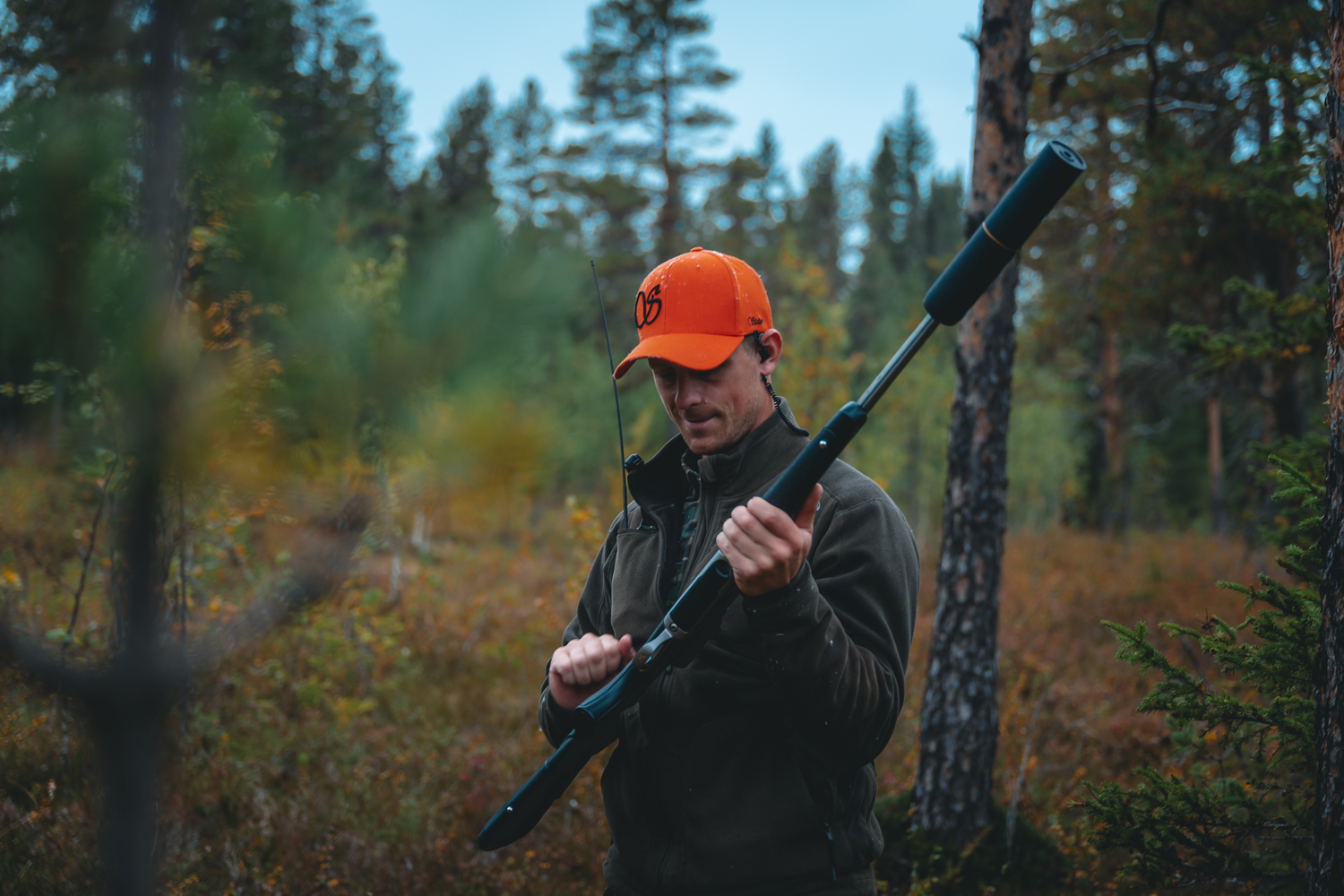
FRONT 108 OR FRONT 149 – WHICH SHOULD YOU CHOOSE?
In the product guide, it’s easy to see how the different fronts in the Stalon X-series are designed for various hunting forms. For driven hunting, we recommend the shorter Front 108, since it’s smaller, lighter, and easier to handle, making it ideal for dynamic movement. For stand hunting, you’ll benefit more from the Front 149, which offers superior sound and recoil reduction thanks to its longer construction.
HOW TO FIND THE RIGHT SILENCER FOR YOUR CALIBER
Start by locating your caliber in the product guide. You’ll then see which silencers are suitable for each type of hunting, making your choice much easier. If you use your rifle for both driven and stand hunting, choose the silencer based on the form you practice most often, or the features that matter most to you.
SILENCERS FOR SMALL CALIBERS (.22 HORNET, .222 REM, .223 REM, .22-250 REM)
For dynamic hunting with small calibers, we recommend Stalon VR, which provides a sound reduction of around 34.0 dBc. Another great option is Stalon XS108, offering slightly higher performance at 35.5 dBc.
For stand hunting with the same calibers, we again recommend Stalon VR, or Stalon XS149, which delivers approximately 34.9 dBc sound reduction.
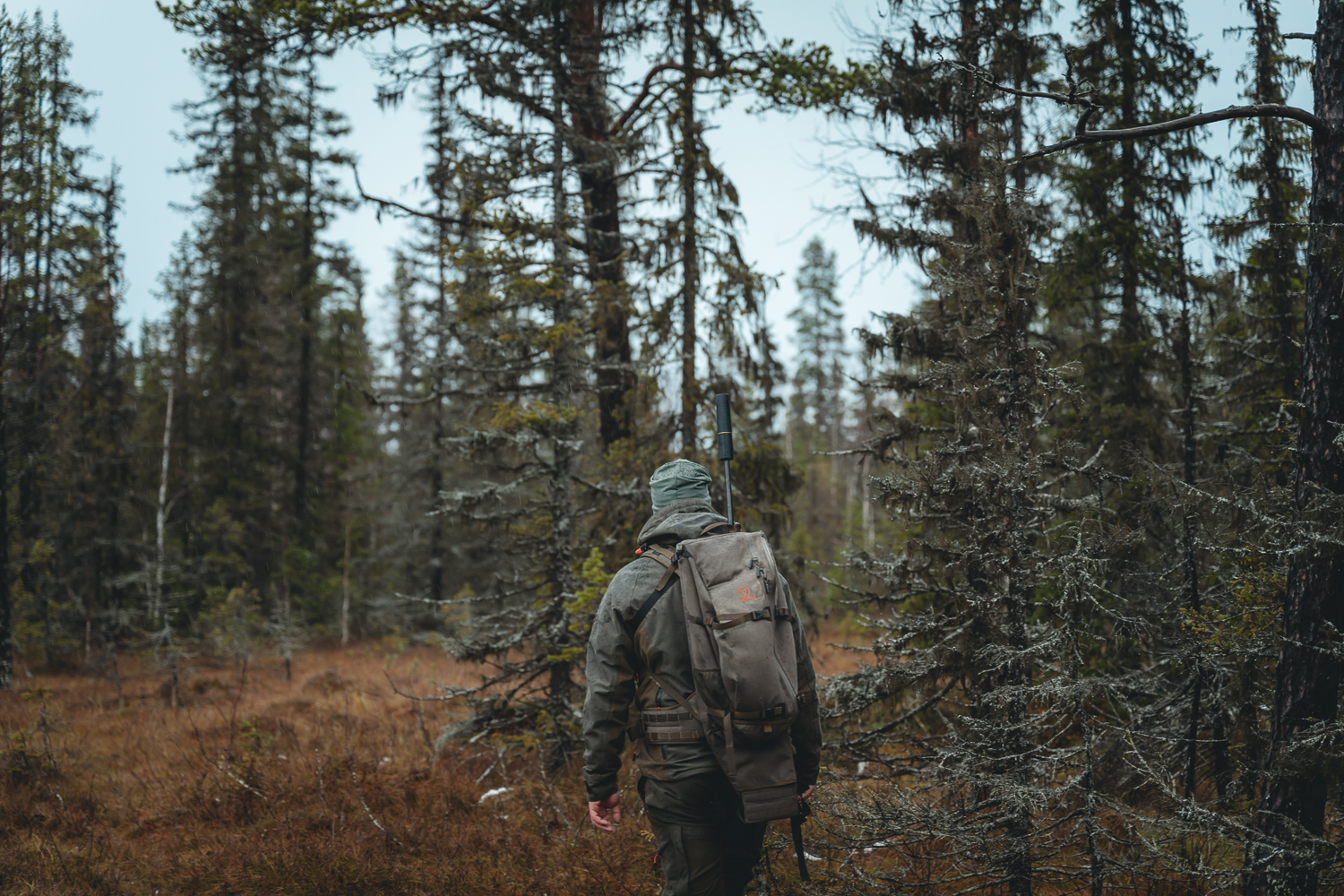
SILENCERS FOR MEDIUM CALIBERS (243 WIN, 6MM, 6.5 CM, 6.5x55 SWEDISH)
For driven hunts with these calibers, the Stalon VR is a great choice, reducing sound by about 29.8 dBc. For even better sound suppression, consider Stalon X108, which provides 32.9 dBc reduction.
For stand hunting, the Stalon XS149 offers around 35 dBc sound reduction, while Stalon XE149 goes even further with 37.5 dBc.
SILENCERS FOR CLASSIC HUNTING CALIBERS (270 WIN, 308 WIN, 30-06 SPRG, 8x57 JS)
For these popular calibers and dynamic hunts, we recommend Stalon XS108, providing around 27.4 dBc reduction, or Stalon X108, which offers 29.8 dBc.
For stand hunting, the Stalon X149 gives about 32.2 dBc, while the Stalon XE149 provides 34.5 dBc sound reduction.

SILENCERS FOR MAGNUM CALIBERS (7MM REM MAG, 300 WIN MAG, 300 WSM)
For magnum calibers used in driven hunts, choose the Stalon X108 with a sound reduction of approximately 27.7 dBc, or the Stalon XE108 with 29.7 dBc.
For stand hunting, we recommend the Stalon XE149 only – designed for the most demanding calibers – providing an impressive 34.3 dBc sound reduction.
SILENCERS FOR LARGE CALIBERS (338 WIN MAG, 9.3x62, 375 H&H, 45-70 GOVT)
For the largest calibers, we recommend Stalon X108 or Stalon XE108 for driven hunts. These reduce sound by 23.2 dBcand 23.3 dBc, respectively.
For stand hunting, the best choice remains the Stalon XE149, with 27.3 dBc sound reduction.

HOW WE MEASURE SOUND REDUCTION – DBC ACCORDING TO MIL-STD-1474D
All measurements are approximate, as several factors influence sound levels, such as barrel length, environment, and ammunition. The figures are obtained following MIL-STD-1474D, with the microphone placed one meter to the left and 90 degrees from the muzzle. The difference between these measured values and the sound perceived by the shooter is typically around 8–10 dBc lower. Measuring sound at the shooter’s ear can be misleading, as it doesn’t account for barrel or silencer length — the longer the weapon setup, the farther the sound source is from the meter. For consistency and reliability, we only publish results based on the military standard measurement position.
Read more about how we measure sound >






